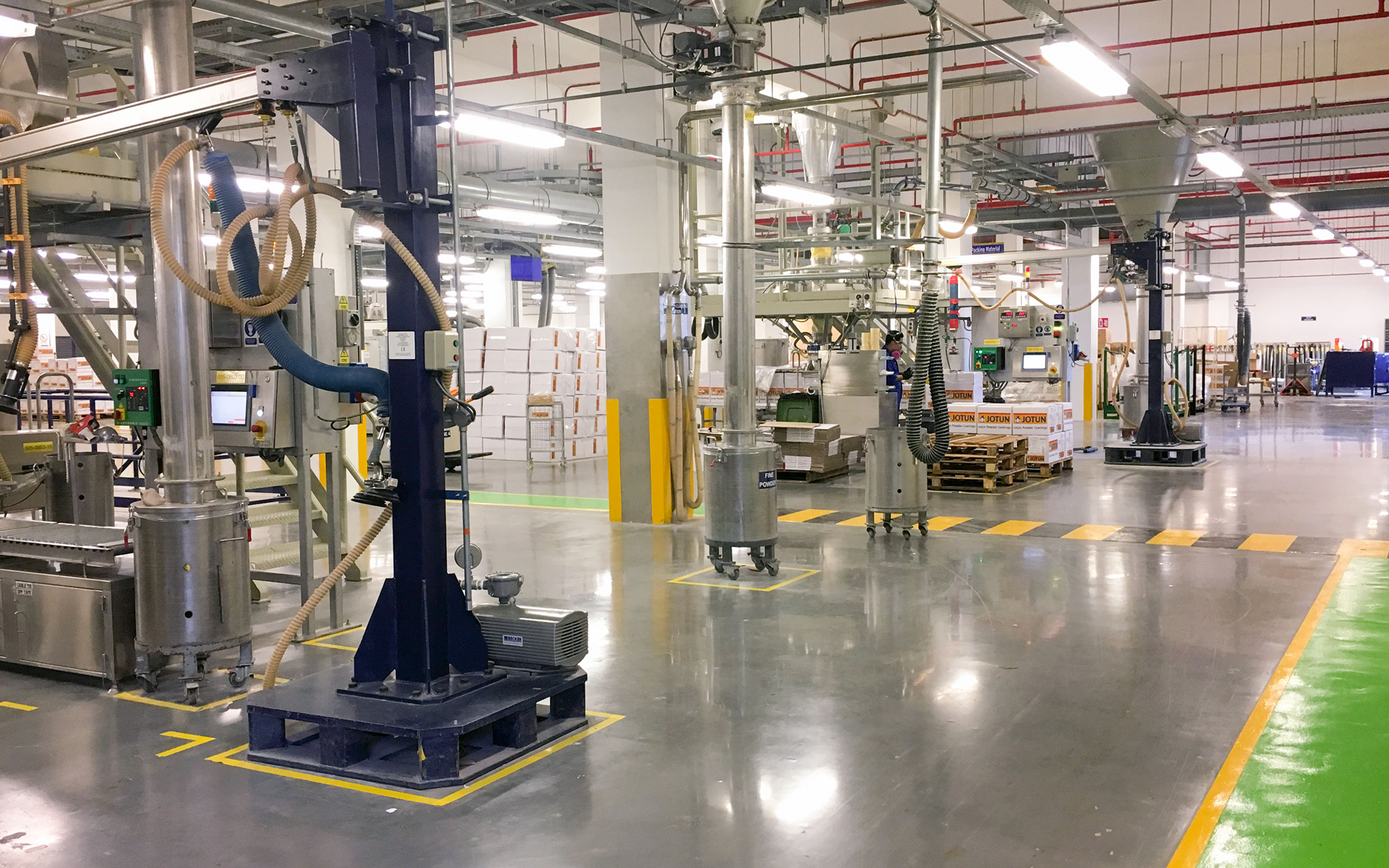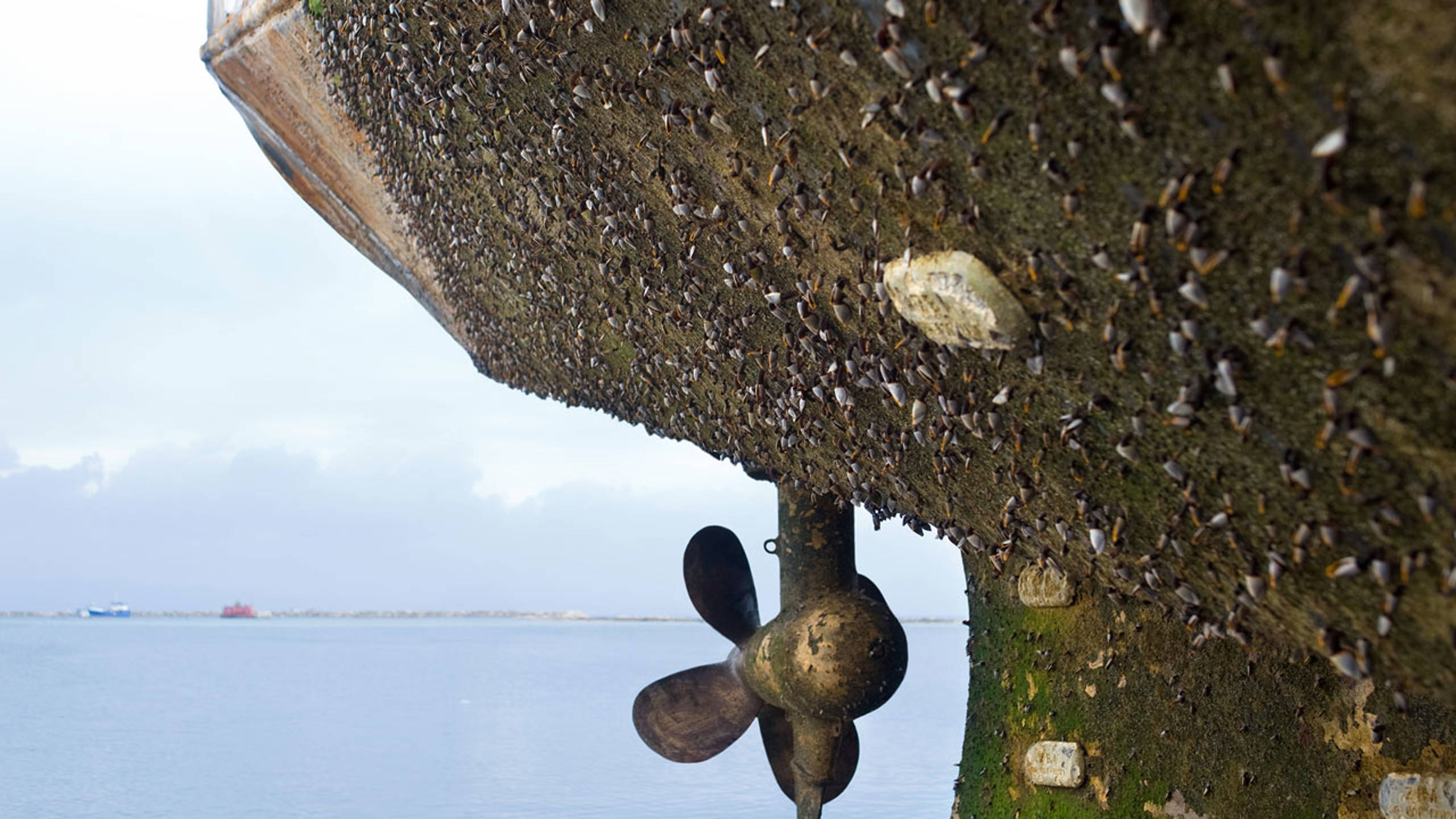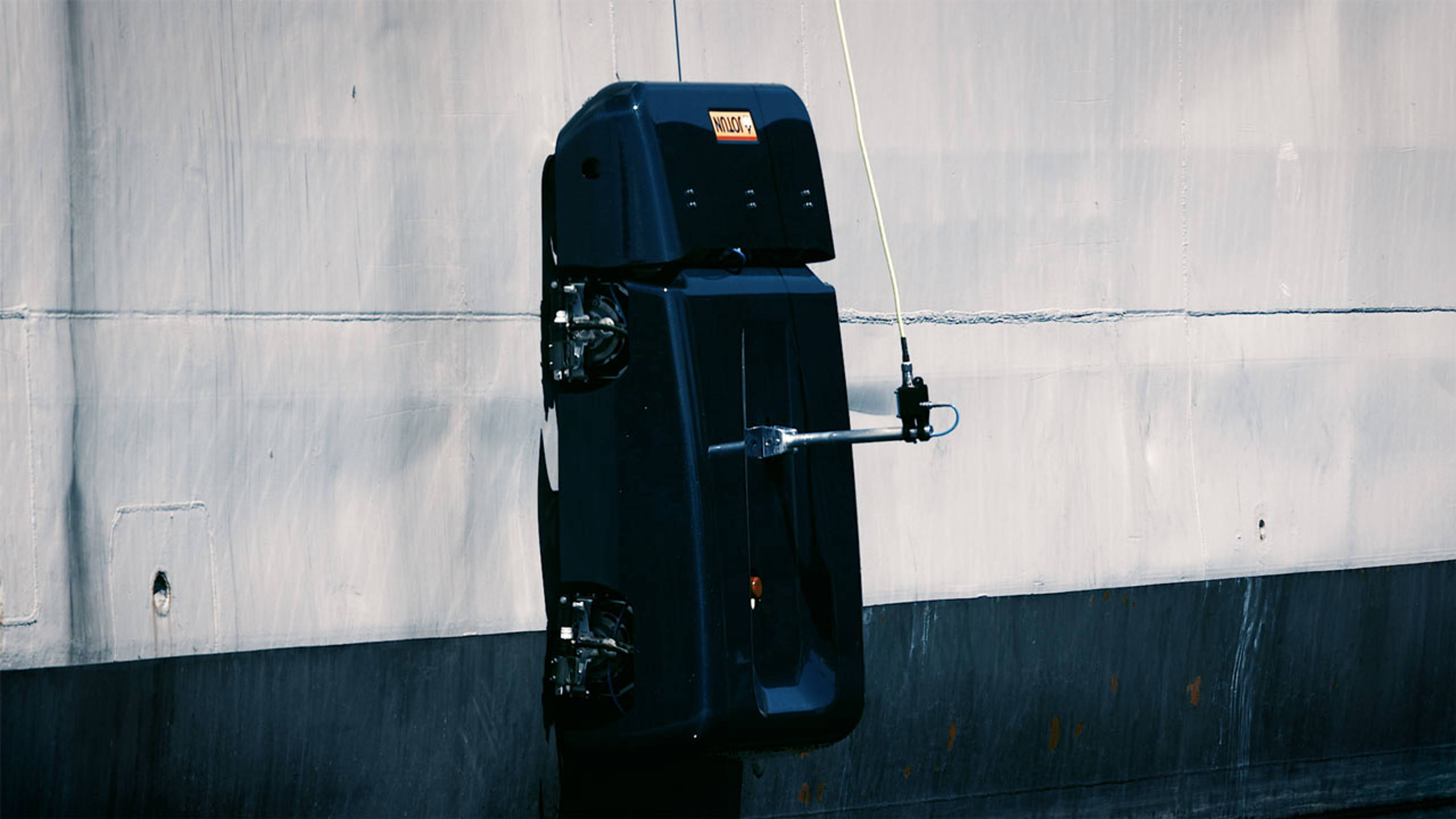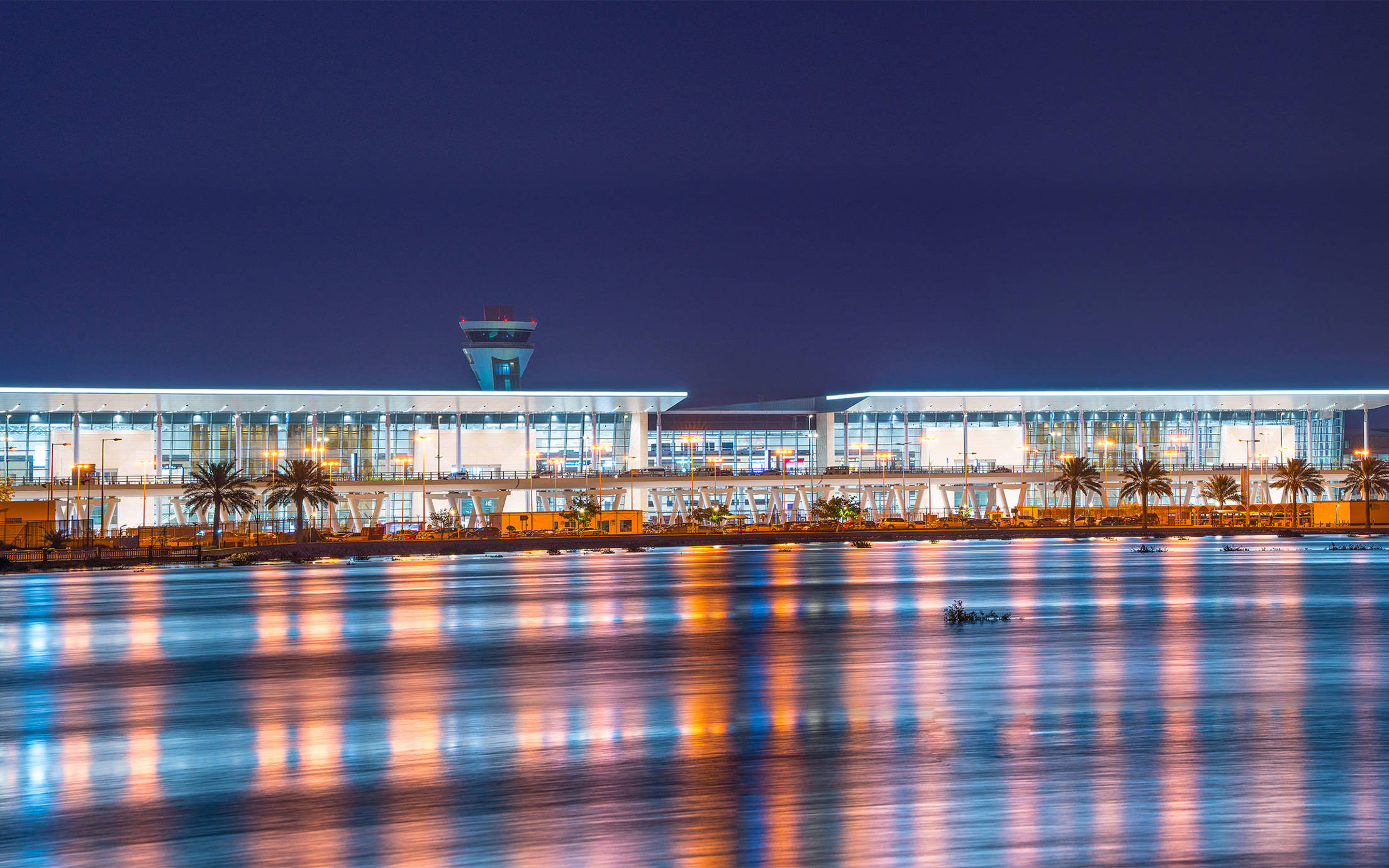
Taking steps towards a better tomorrow
Can a structured, holistic approach work to improve the environmental performance of a global company, while cutting costs at the same time?

December 07, 2021
What’s the link between greenhouse gas emissions, invasive species, and the hull of a ship? Quite a lot, if you ask Helle Vines Ertsås, the Global Category Manager of Hull Performance at Jotun.
In fact, two of the most pressing environmental challenges in the shipping industry today are greenhouse gas emissions and the transfer of invasive species through fouling.
By combining anti-fouling coating with new technology, Jotun is on a mission to solve these challenges. It all starts with handling one of the oldest problems in shipping: keeping the hull clean.
For as long as ships have been sailing, owners and operators have fought a battle against fouling, which occurs when animal and plant growth accumulates on the hull of a ship.

“An unclean hull means higher friction when moving through water, requiring more fuel to maintain speed. It also causes problems related to transfer of invasive species across marine environments,” Ertsås explains.
“Our goal is to combat not only early-stage fouling and expensive maintenance, but to reduce fuel costs, greenhouse gas emissions and the spread of invasive species. That's why we think our Hull Skating Solution is nothing less than revolutionary.”
For around half of the world’s fleet, there are solutions available that will keep the hull clean. However, for the other half, that is vessels in especially challenging operations, no coating technology today can do the job alone.
“Instead of spending a lot of money and effort on inspections and cleaning, we have developed an underwater robot, called Jotun HullSkater,” Ertsås explains.
“The robot is installed onboard the ship and can move over the ship's entire hull, inspecting the hull and if needed removing the first build-up of fouling before it becomes a problem.”
An integral part of the Hull Skating Solutions is Jotun's SeaQuantum Skate coating, which has been developed specifically to optimise performance in combination with the HullSkater.

“We have spent years testing and optimising to get the results we have today,” she says.
“The solution is still in its final verification before full launch to the market.”
If all ships in challenging operations converted to using Jotun Hull Skating Solutions, this would result in a CO2 emissions reduction of at least 40 million tons per year. This is equal to the total Norwegian CO2 emissions in 2018, she tells us.
“That’s ground-breaking!”
Do you want to know more about Jotun’s Hull Skating Solution? Read the full case story or check out the HSS solution page.

Can a structured, holistic approach work to improve the environmental performance of a global company, while cutting costs at the same time?

If there is one thing project managers and contractors may agree upon, it is that the best results often come as a direct result of cooperation, sharing knowledge and early involvement of key players. That was the case when Bahrain International Airport was undergoing a massive modernisation project.

Renowned architects, ambitious designs and unique requirements. When the World Expo is on the agenda, nothing is spared.
A video is being shown
An image is being displayed
A brochure is being displayed